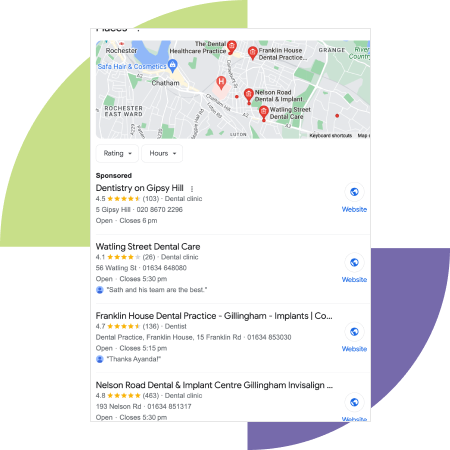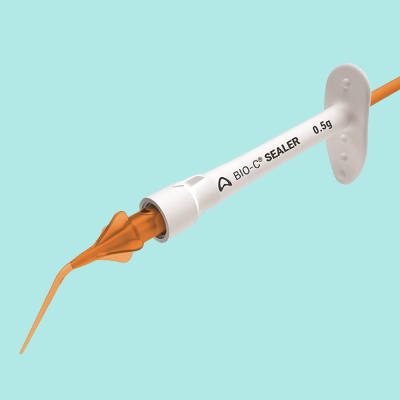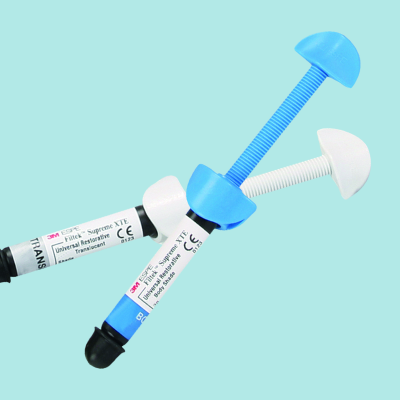How To Get Your Dental Practice to The Top of Google
Long before the demand for dental appointments skyrocketed during the Covid-19 pandemic, the term ‘dentist near me’ has been searched in its thousands every month on Google in the UK. Using Google effectively as a business marketing tool can help grow your potential pool of patients and position your practice ahead of nearby competitors. With results on the second page of Google receiving just 0.78 percent of all clicks, getting your practice to page 1 is key to gaining traffic and leads. Here are a few suggestions to help make this happen:
Optimise your Google My Business listing
Ensure you have signed up and verified your practice on Google My Business. This is free to do, and essential to increasing your online presence and making it easier for local residents to find you. This will ensure that customers can find you on Google Maps when they’re searching for a dental practice.
Once you’ve done this, it is important to optimise your listing for local search results by ensuring you have correct business hours, are listed in the right categories and have photographs of your practice. Reviews can also help and is something that Google considers when ranking you against other practices. Ask your patients to leave you a Google review when appropriate and remember to constructively respond to any reviews, both positive and negative.
To give your listing an even better chance of ranking well, use the Attributes feature to list any other information appropriate to your practice, such as wheelchair access. If applicable, make sure to delete any duplicate business listings and ensure your address and details are in line with your listings on any other business directories, such as Bing. Keep the information on your website update to date (such as opening hours, staff member names, email addresses etc).

Find out your current Google ranking
Before you begin trying to climb the rungs of Google, it’s important to do some research into how you’re already ranking. Instead of tortuously scrolling Google to find your practice, try a tool such as this one to quickly discover exactly where you rank for popular search terms like “dentist near [your location]” or types of treatment in your area.
Improve your content
Google loves original and authoritative content, so you need to avoid copying content from other websites. Adding a blog to your website can be a great way of capitalising on high-volume searches with relevant content that is keyword-rich and addresses the more specific needs of your target audience. Humanise your website by adding a photo of your team, and some short biographies detailing their experience and interests. This will help to put a human face on what you do.
Testimonials from patients are also hugely valuable and really help to increase trust for your website visitors. Written testimonials are a great start. Photo testimonials are even better, and video testimonials are the gold standard. You could try offering a discount to happy patients who are willing to provide you with a testimonial.
Show your website some TLC
As well as ensuring your website provides the essential information patients are looking for, making it easy and enjoyable to use are key to pleasing Google’s search algorithms and improving your ranking. A tool such as Neil Patel’s SEO Analyser will identify any technical issues that need solving to help optimise your website. Technical areas that might need addressing including your page loading speed, any broken links on your website and the quality and file size of your images. If you’re not technically minded, ask your website designer to do the optimisation on your behalf – they normally don’t take more than a couple of hours to implement.
Encourage other people to link to you
Google will consider your website more authoritative if you can get other websites to link back to you. Try to get your website listed on local information websites, and offer to write a free blog post for someone else’s website in return for a link back to yours. Your web designer will have a website and should be able to link to you, and your staff and patients might be able to help too. Even a social media post mentioning your website address will help to flag your website to Google as a valuable one.
Use Google Ads
One of the quickest ways to shoot straight to the top of Google and see fast, transparent results is with paid search advertising. As of 2021, Google Ads own about 75% of searches done on the internet and convert 50% better than organic search results. Google Ads allows you to focus only on the people who want to use your services and have them arrive at your website through paid campaigns that target important keywords. For example, you might want to target people who search for “dentist".
One of the best things about Google Ads is that you have full control over the cost and only pay when somebody clicks on your ad (PPC), meaning there isn’t too much of a risk of financial loss.
Optimise for voice search
In a world where immediacy is key, voice search is becoming increasingly popular. It’s estimated that 53% of adults use voice search at least once a day, and 76% of smart speaker owners perform local business searches weekly.

To begin to be found in voice search you need to make sure your website is structured and tagged in a way that voice search understands. This means using conventional language in your copy, focusing on localised keywords, creating an FAQ page, listing your practice on Google My Business and ensuring your website works just as well on mobile as it does desktop.
Adding structured data (also known as Schema) into the back end of your website with just a single line of code should also help your business be picked up by voice search. See here for more information on how Schema works. Again you may want to get your website developer to make this change on your behalf.















